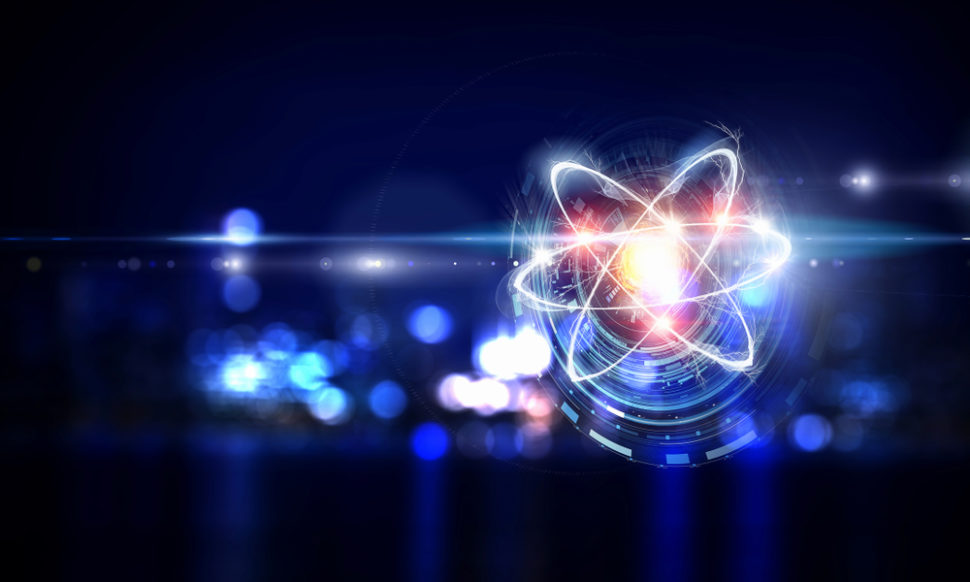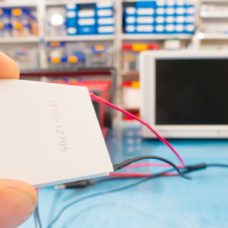Electrons are subatomic particles, in other words, they form a part of the atom. In itself, an electron is an elementary particle, in that it has no known subcomponent.
The applications of electrons are as diverse as their properties, such as electronics, semiconductor industry, microscopy, welding, lasers, and particle accelerators just to name a few.
Although first discovered by J. J. Thomson all the way back in 1897, electrons still have some secrets that physicists are only now beginning to understand.
Electrons That Spin Like Planets Around a Star
Physicists at Rutgers University recently reported their discovery of “exotic spiraling electrons”.
What the teams calls “chiral excitons” are bounded pairs of particles and antiparticles that engage in a swirling movement around each other on the surface of solids.
Researchers describe a chiral as the pair of left and right hands that look pretty much the same but don’t symmetrically correspond.
As explained by Hsiang-Hsi (Sean) Kung, who led the research team:
“Excitons form when intense light shines on solids, kicking negatively charged electrons out of their spots and leaving behind positively charged “holes”. The electrons and holes resemble rapidly spinning tops. The electrons eventually “spiral” towards the holes, annihilating each other in less than a trillionth of a second while emitting a kind of light called “photoluminescence.”
The material the Rutgers team found chiral excitons on is a crystal named bismuth selenide (Bi2Se3). Fortunately, this crystal meets mass production standards:
“Bismuth selenide is a fascinating compound that belongs to a family of quantum materials called ‘topological insulators. They have several channels on the surface that are highly efficient in conducting electricity,” said senior author Girsh Blumberg, a professor at the Department of Physics and Astronomy at Rutgers.
The discovery of this form of electrons that spin like planets “could lead to advances in lighting, solar cells, lasers, and electronic displays.”
Researchers think they could also discover chiral excitons on the surface of other materials. Now, they want to investigate the dynamics of this exotic electron behavior more using ultra-fast imaging.



















Comments (0)
Most Recent